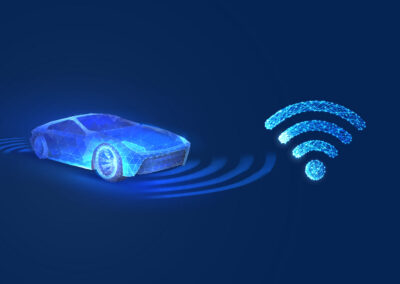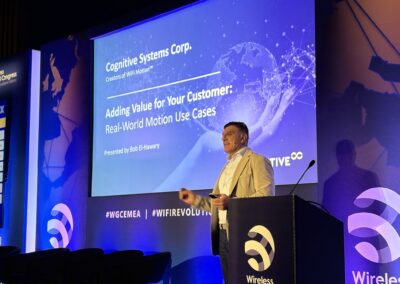Resources

The Hidden Risks of Assuming Everything’s Fine
It had been a quiet week. No calls, no alerts, no texts about prescriptions or appointments. Just the kind of silence that usually feels like everything is okay. By Sunday evening, you finally reach your mom. She answers on the second ring, her voice calm but a little...
The Hidden Risks of Assuming Everything’s Fine
In caregiving, silence often feels comforting — a sign that everything is fine. But as more older adults live alone and families grow farther apart, “no news” can hide early signs of decline. Small shifts in daily movement, routine, or energy happen quietly between calls and visits, long before a crisis becomes visible. This blog explores why the “no news is good news” belief persists, why it can be risky, and how gentle, continuous awareness can offer families peace of mind and seniors greater safety without sacrificing independence.
Filter by topic

The Hidden Risks of Assuming Everything’s Fine

Validating Activities of Daily Living with Wi-Fi Sensing and Data Fusion

mmWave vs. Wi-Fi Sensing – What’s the Difference?

Unlocking the Power of WiFi Motion: Highlights from Bob El-Hawary’s NetworkX Session

Unlocking Context-Aware Insights with Wi-Fi Sensing Localization

Get To Know the Tech Better: Wi-Fi Sensing 201

Expanding Quality of Care with Ambient Sensing: Recap from the 2025 MAMA National Conference

The Future of ISPs is Lifestyle-Driven

